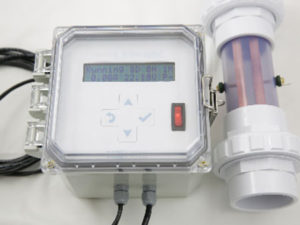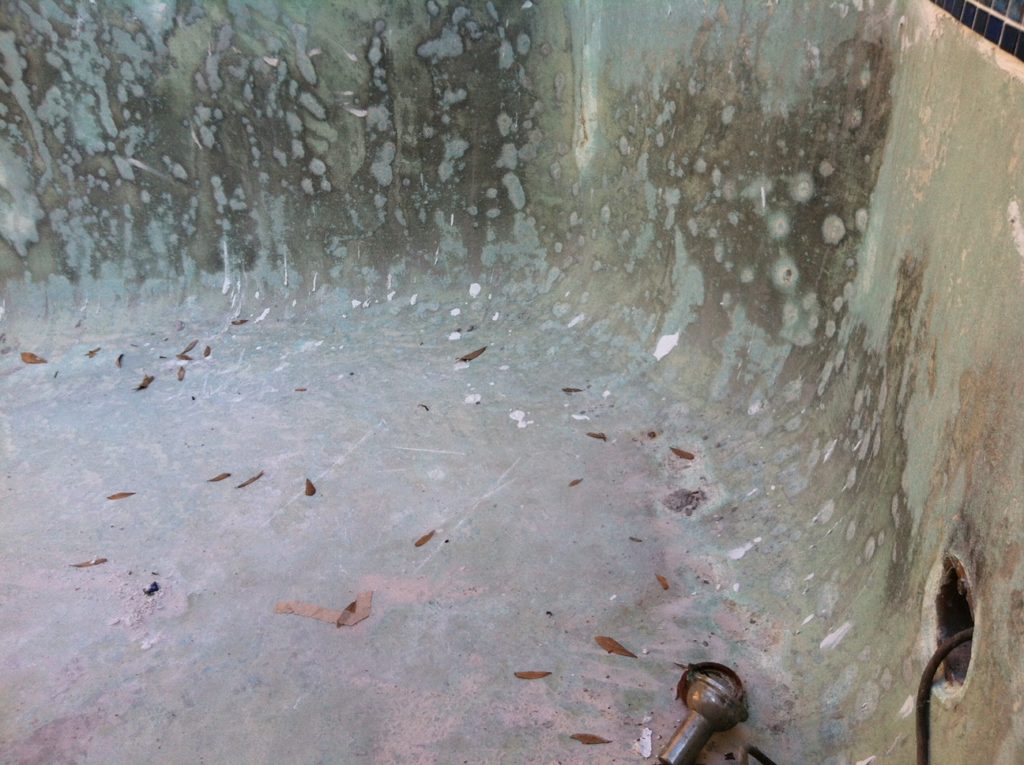Mineral systems and ionization systems use metals, primarily copper, to reduce chlorine usage and prevent algae growth in pools. Copper is an effective algaecide and has some properties as a bactericide that makes it helpful with sanitation. Other metals sometimes are used in addition to copper such as silver.
Both systems demand very close attention to the pH levels of the water. Staining of pool surfaces is a real possibility with any non-metered system of this type.
There are two types of systems, and they are differentiated by their delivery mechanisms:
Erosion Delivery Systems
These systems are characterized by an erosion feeder in which cartridges are inserted containing the copper or silver (referred to as minerals) along with chlorine. The water flowing through the feeder erodes the metals and the chlorine into the pool water. Dosing with an erosion feeder is unpredictable as water flow is uneven due to pump run time, filter efficiency and system pressure. The result in many cases is staining of the pool surfaces.

Electronic Ionization System
Electronically Controlled Ionization Systems
It is possible to avoid staining with an ionization system that utilizes sophisticated electronics to meter the dosage of copper and silver into the water. Due to the cost of these systems ($3,500-$7,500 including pH monitor and acid feed), and the necessity of sophisticated installation knowledge, these are used primarily in commercial or public pools.
Our testing of mineral/ionization systems utilized a non-metered application of this technology. We allowed the pH to drift to 8 which is not uncommon in concrete pools. Our results were not good and required the resurfacing of our test pool.

